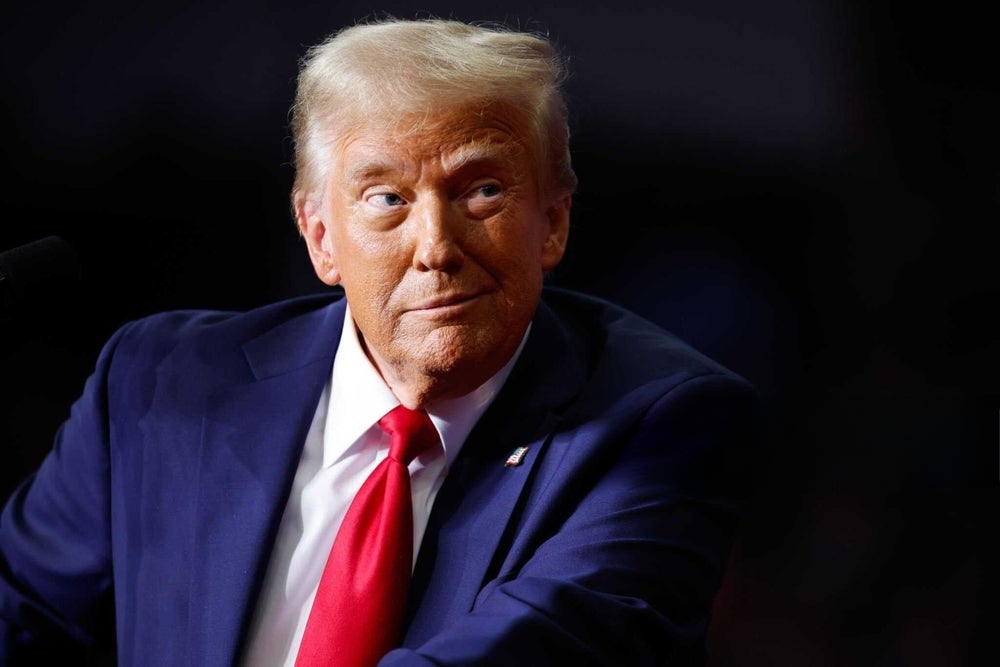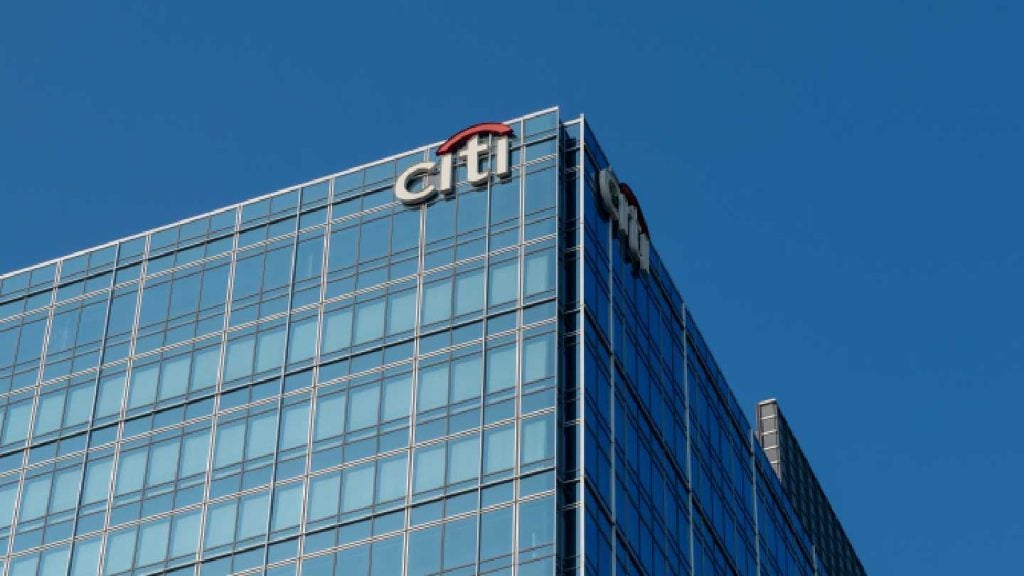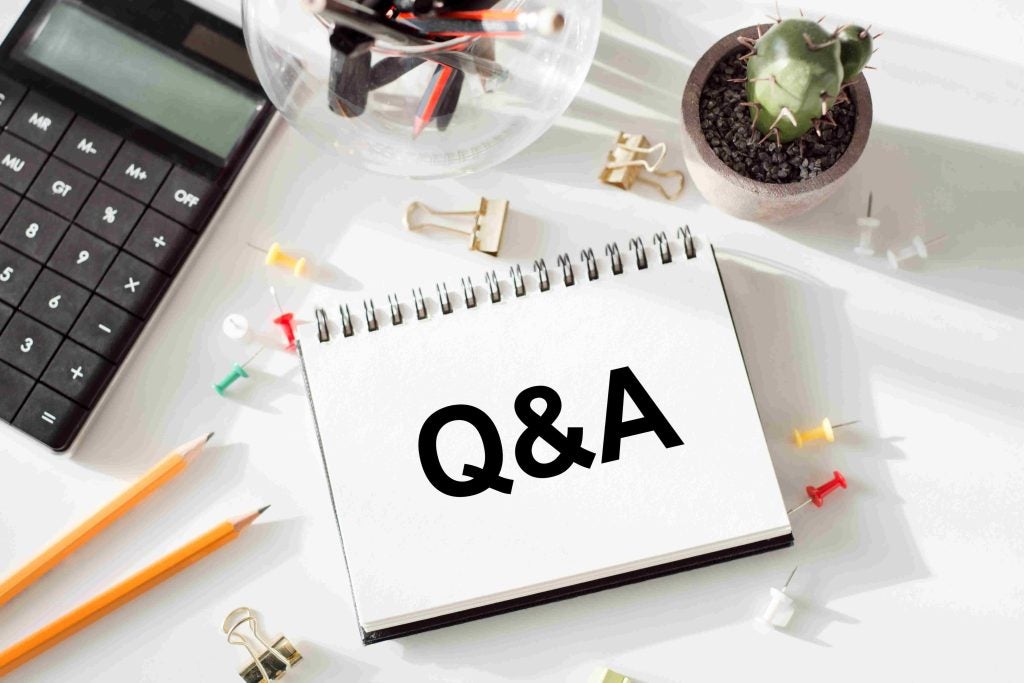
Liberation Day is finally here with President Trump bringing in waves of tariffs and regulation, but how will the markets react? PBI asks the experts
Daniela Sabin Hathorn, senior market analyst, Capital.com
The Trump administration announced on Wednesday the implementation of sweeping tariffs on imports, sparking significant volatility across global markets. A 10% blanket tariff on all imports will take effect on April 5, while higher “reciprocal” tariffs targeting specific trading partners will follow on April 9.

Access deeper industry intelligence
Experience unmatched clarity with a single platform that combines unique data, AI, and human expertise.
Some countries will face only the base 10% rate, while others—including major economies—will be hit with much steeper duties. On average, the effective tariff burden is estimated at around 20%, far exceeding market expectations. This has triggered a sharp repricing of growth forecasts, weighing on equities and overall risk sentiment.
However, the US dollar has turned out to be one of the biggest losers of ‘Liberation Day’. The dollar index dropped to a 6-month low on Thursday shedding over 1.3% as in investors asses the higher impact of these tariffs on US growth.
Daniel Murray, Deputy CIO & Global Head of Research, EFG
The road to hell is famously paved with good intentions. The wide ranging tariffs announced by the US administration overnight should be viewed in this context. Tariffs were applied to a broader range of countries, including historic US allies, and at higher rates than had been expected. The good intent in this instance relies on the assumption that tariffs will raise government revenues – thereby reducing the size of the budget deficit and potentially allowing room for tax cuts elsewhere – whilst at the same time encouraging more domestic investment and production. Whilst these might be worthy aims, history strongly suggests that such a naïve approach to trade policy does not end well.
The risk of a US and global recession has increased directly as a result of the US tariffs, as has the likelihood that inflation stays higher for longer. In turn, the possibility of stagflation makes life very difficult for central banks. Immediately following the tariff announcement, Treasuries rallied as part of the risk-off trade. However, the medium term path for Treasuries is far more uncertain due to the upward pressure on prices that is expected to follow tariff implementation. As was seen in 2022 and 2023, when faced with a choice between fighting inflation and supporting the economy, central bankers place greater weight on the former, at least in the short term, for fear that if inflation becomes embedded the longer term consequences are even more painful.

US Tariffs are shifting - will you react or anticipate?
Don’t let policy changes catch you off guard. Stay proactive with real-time data and expert analysis.
By GlobalDataThe market’s interpretation of the tariffs speaks volumes. Asian markets have experienced significant declines overnight while equity index futures are meaningfully lower almost everywhere. The S&P500 future is down around 3% at the time of writing.
Some countries and regions have already indicated that they will, unsurprisingly, be forced to implement retaliatory tariffs on the US. While US Treasury Secretary Scott Bessent indicated that tariffs would peak following this announcement, at the same time the US authorities indicated that if any countries retaliated the US would impose yet more tariffs. This suggests that we are not done yet and should expect further rounds of tit-for-tat measures in a potentially damaging cycle of mistrust.
If there are any positives, one is that Canada and Mexico were excluded from the latest round, though will continue to be subject to the tariffs that have already been announced. A second positive is that product specific tariffs such as on autos and stell will not add on to each other. However, these are very small offsets to a policy announcement that otherwise contains much to be cautious about.
The next few months are therefore likely to be volatile as (a) the tariffs starts to impact the global activity and inflation (b) other countries impose retaliatory measures on the US, potentially stoking a long drawn out phase of deglobalisation (c) the international political order re-aligns and countries reassess the nature of their relationship with the US, not just with regard to trade but more broadly including the implications for defence and the existing world order.
Matt Britzman, senior equity analyst, Hargreaves Lansdown
Trump’s bold attempt to reshape international trade has sent shockwaves through global markets. The effects of ‘Liberation Day’ are being felt far and wide, with Asian markets down overnight, European stocks under pressure in early trading, and US futures pointing to a big drop later today. With tariffs reaching levels unseen in over a century, the US is poised to rake in an additional $600bn in tariff revenue in an optimistic scenario, or put that another way, that’d be a $600bn added cost for businesses or consumers to stomach.
While economists scramble to predict the impact on inflation and global growth, businesses around the world are getting their first real look at what a tariff-heavy US trade policy means, and this may just be the beginning of a fresh round of tariff drama. Each country now faces the option of negotiating from this starting point, which, in theory, represents the worst-case scenario. A carrot has been dangled, but if countries opt for the stick, retaliation could mean things get worse before they get better. That doesn’t make it any easier for businesses to make clear-cut decisions about major investments in their supply chains, so we can expect volatility to stick around for the foreseeable future.
The UK, meanwhile, may seem to have fared better than some, but its deep ties to the global economy make a slowdown in growth almost unavoidable and the FTSE 100 has been caught up in the global market sell-off. The government is taking a pragmatic approach, hoping for a trade deal that could ease some of the tariff burden. However, with uncertainty looming large, where we go from here is hard to call and markets rarely respond well to uncertainty.
It’s hard to find many winners, but gold prices continued to rally as investors flocked to safer assets, reaching a fresh all-time high in the aftermath of Trump’s announcement, before pulling back a touch this morning. There’s a lot of debate about whether gold adds real value to a portfolio in the long run, but investors are clearly leaning in to take some shorter-term risk off the table.
Oil prices have sunk as markets adjust to the impact of sweeping tariffs, which are expected to weigh heavily on global growth. Adding to the sombre mood, US crude inventories unexpectedly surged last week, defying forecasts of a 2-million-barrel drawdown.
Mr. Nitin Rao, CEO, InCred Wealth
What was anticipated has happened. The US government had been saying they would return to the old regimes the U.S. dealt with over 40 years ago. No one believed it.
But markets globally were actually discounting this expectation with limited gains over 6 months and booming gold prices. We are now entering a new world order, and there’s nothing wrong if other countries were having tariff barriers while U.S. did not, and is now correcting it.
Markets will have to price this in, both in terms of sentiment and earnings. Volatility would continue but at some point it will result in sharp falls over a few days which may give good buying opportunities in a new economic order for high risk investors.
Mike O’Sullivan, Chief Economist, Moonfare
Our immediate reaction to the ‘liberation day’ announcement, from the point of view of private firms and markets, is concern.
The level of tariffs (which seems to have been calculated as ‘country trade deficit with the US divided by exports’) are larger than expected, and punitive for European and especially China and even Japan and India.
A further worry is that the application of the tariffs is economically damaging, and the risk of a recession is now high. From the point of view of textbook economics, this level and scope of tariffs is puzzlingly bad for the US economy, and many investors will question the rationale and possibly the competence of the White House policy team.
There are two avenues ahead.
One is that the application of 20% tariffs on the EU (GB looks to have escaped with 10%, and pharmaceuticals have so far escaped tariffs) and 34% on China (on top of earlier tariffs) will necessitate a strong response from both regions. This has the potential to worsen the geopolitical environment and to trigger an unwanted global demand shock. One development may be that other countries form coalitions against the US in the trade process, that demand for US goods and services in Asia and Europe suffers. An open question is specifically how China responds, given the ways in which it can disrupt supply chains.
A more positive scenario is that the high level of tariffs is the first step in a grand ‘deal’, or negotiating process. The difficulty with this view is that diplomatic relations between the US and other regions are already strained, and the credibility of the US is now in question.
From the point of view of corporates, a minor positive is that the rate outlook is changing to a path of lower rates in 2025 (pricing in a demand shock), but the concern is that the extreme level of uncertainty will cause companies and private investors to put investment plans on hold. We note that the Fed chair speaks publicly on Friday, and the response of central bankers to this potential shock is another open question.
Equally, capital market activity may also see a hiatus until there is clarity on the trade outlook. Additionally, given the premise that the application of tariffs is to help US firms, this policy move creates a very difficult environment for them.
That said, the vast majority of portfolio companies in our ambit have very high recurring revenue, resilient business models, long-term contracted cash flow, ability to pass through cost increases, and localised customer and/or supply bases. Our sense is that long-term stable assets alongside the most experienced partners are still the best way to weather this storm over the mid-to-long term.
Zaki Farooq, Chief Technology Officer and Co-Founder, PayFuture
The reintroduction of US tariffs on low-value foreign imports, including a 30% tax on sub-$800 orders and even steeper rates for China and the EU, threatens to reshape the landscape for ecommerce and cross-border trade. For merchants reliant on low-cost international fulfilment, the loss of the de minimis exemption will directly affect margins, logistics, and the customer experience.
As new tariffs increase the cost of global trade, businesses eyeing international growth – or already trading across borders – face mounting challenges. For retail and eCommerce merchants especially, rising duties are squeezing margins and prompting a rethink of cross-border strategies. With Shein and Temu alone accounting for nearly 600,000 daily US-bound parcels under this scheme, the impact on digital-first retail is massive. Higher prices and longer delivery times may frustrate customers, leading to more refund requests and chargebacks unless expectations are properly managed.
In this environment, efficient international payments become a key competitive differentiator. Tariffs may be out of your control, but improving approval rates to increase your profitability, settlement delays, and currency conversion fees is not. Businesses can cut costs by optimising their payment providers, using local acquirers, and offering region-specific payment methods and currencies that improve both acceptance rates and customer satisfaction.
In this volatile environment, merchants must reduce friction and control costs wherever possible. That means using local payment methods, real-time transfer rails, and smart routing to reduce currency fees and improve approval rates. At PayFuture, we help merchants scale into new markets without losing control. As global trade realigns, agile payment infrastructure becomes the difference between growth and stagnation.”
Robin Anderson, Head of Product Management, Tribe Payments
Trump’s newly announced ‘Liberation Day’ tariffs, targeting low-cost direct-from-China ecommerce with a 30% tax on all foreign orders under $800, represent a seismic shift for cross-border commerce. Merchants shipping into the US must now factor in longer customs processing times, higher fulfilment costs, and the likely increase in customer service issues related to unexpected duties.
With cross-border tariffs set to rise, the cost of international goods and services will climb – and merchants are already feeling the pinch. For businesses operating across borders, the increase in duties is not just a logistical headache, but a financial one, threatening already narrow margins and forcing a rethink of their operational strategies. For online sellers, the knock-on effects could include reduced cart conversions, payment disputes, and an uptick in chargebacks as shoppers react to unfamiliar charges or delivery delays.
In this climate, intelligent payments infrastructure becomes a key competitive edge. Advanced payment routing can help merchants reduce transaction costs and avoid unnecessary fees. Faster settlements improve access to working capital, and enhanced fraud mitigation tools help protect revenue when businesses can least afford losses.
This isn’t just about surviving economic headwinds – it’s about using payments as a strategic asset. With the right tools, merchants can adapt quickly, protect liquidity, and make decisions grounded in real-time financial data. Tribe’s platform gives merchants the insights and tools to adapt, whether that’s through intelligent fraud prevention, alternative payment options, or streamlined reconciliation that identifies potential disputes before they escalate.







